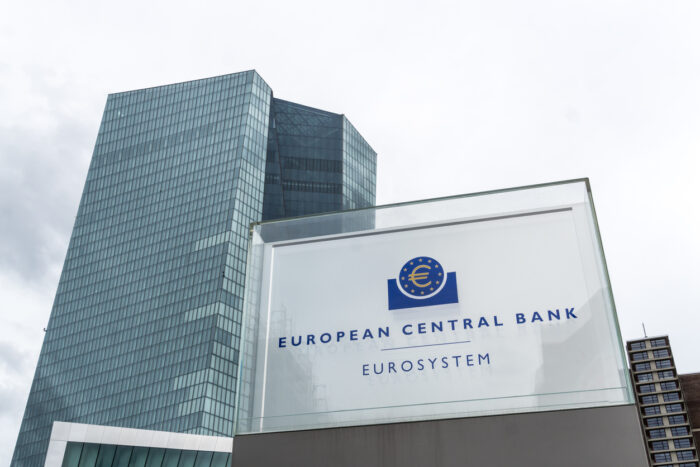On Thursday, the European Central Bank (ECB) disclosed experiencing its largest yearly deficit in 2023 and projected continued financial setbacks as its substantial interest rate increases lead to significant bank payouts. The ECB’s rapid rate hikes over the last two years have inflated its balance sheet, resulting from a decade-long economic stimulus strategy.
ECB Incurred a Massive Loss in 2023 Due to High Interest Rates

Consequently, commercial banks now receive substantial interest earnings on the vast amounts of money the ECB generated during low inflation. The ECB, the central bank for the eurozone’s 20 countries, stated, “The deficit reflects the Eurosystem’s roles and the essential policy measures undertaken to uphold its principal objective of price stability. This situation does not hinder its capacity to implement effective monetary policy.”
It reported a pre-provision loss of 7.9 billion euros for the year, following a 1.6 billion euro loss in 2022. After depleting all risk provisions, a deficit of 1.3 billion euros will be carried forward to be compensated against future earnings, according to its financial statements. Despite these losses, the bank affirmed its strong capital position and operational efficacy. It anticipated further losses due to interest rate risks in the coming years but expected to return to profitability afterwards.
Don’t miss out the latest news, subscribe to LeapRate’s newsletter
Central banks can function with diminished provisions or even negative equity, unlike their commercial counterparts. Nevertheless, such financial losses can spark concerns about credibility, affect government dividend revenues, and potentially influence upcoming discussions on a new operational framework.
The root of the ECB’s financial challenges lies in its extensive monetary expansion efforts, particularly under the leadership of former President Mario Draghi. The ECB’s strategy involved printing money to purchase government bonds to stimulate economic growth and achieve a 2% inflation target through widespread, affordable credit.
While this approach was cost-effective during negative interest rates, the ECB now faces a 4% interest obligation on the funds distributed to lending institutions. Commercial banks across the eurozone are currently holding onto approximately 3.5 trillion euros in excess liquidity, and withdrawing this surplus from the economy without causing market disruptions could take years.